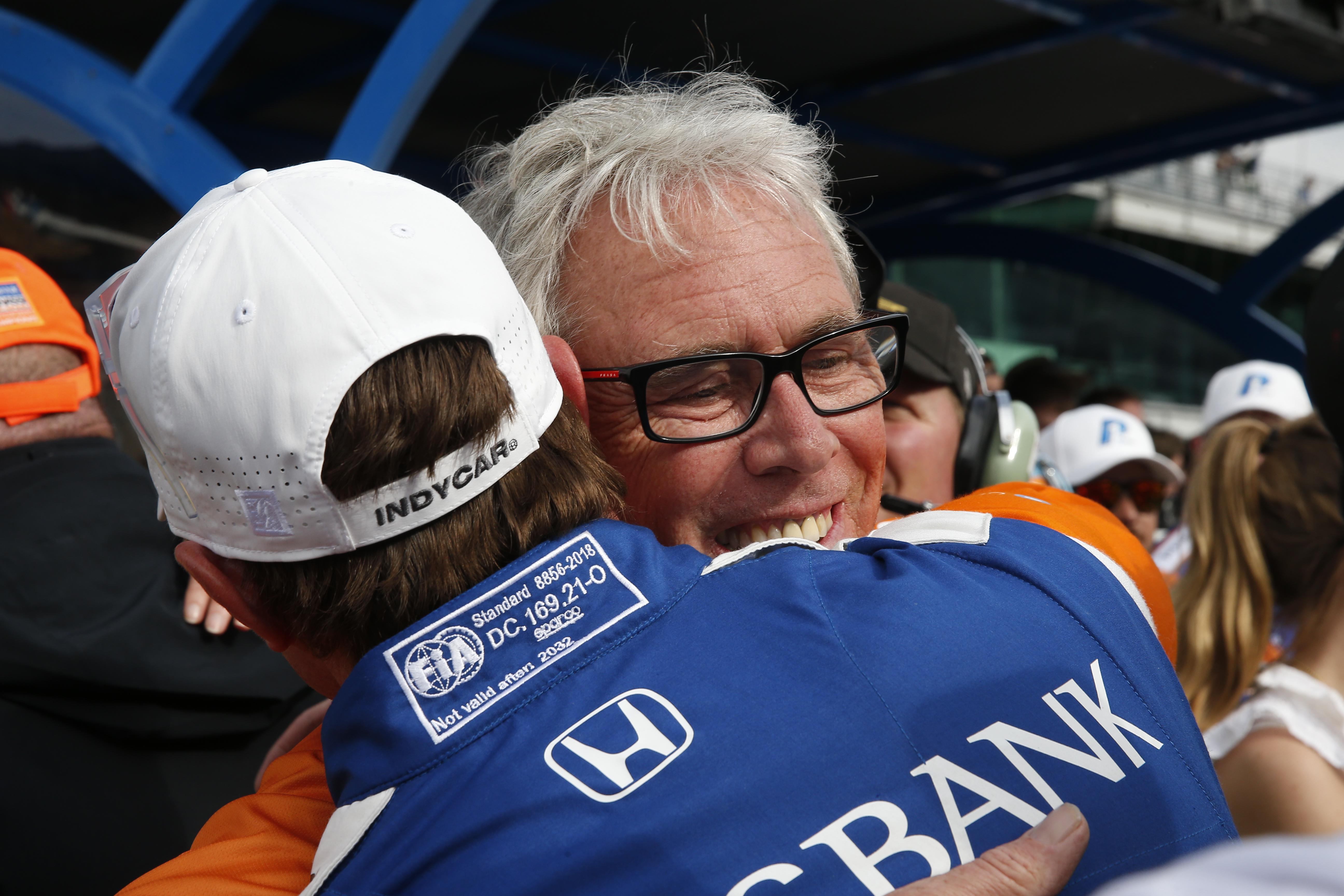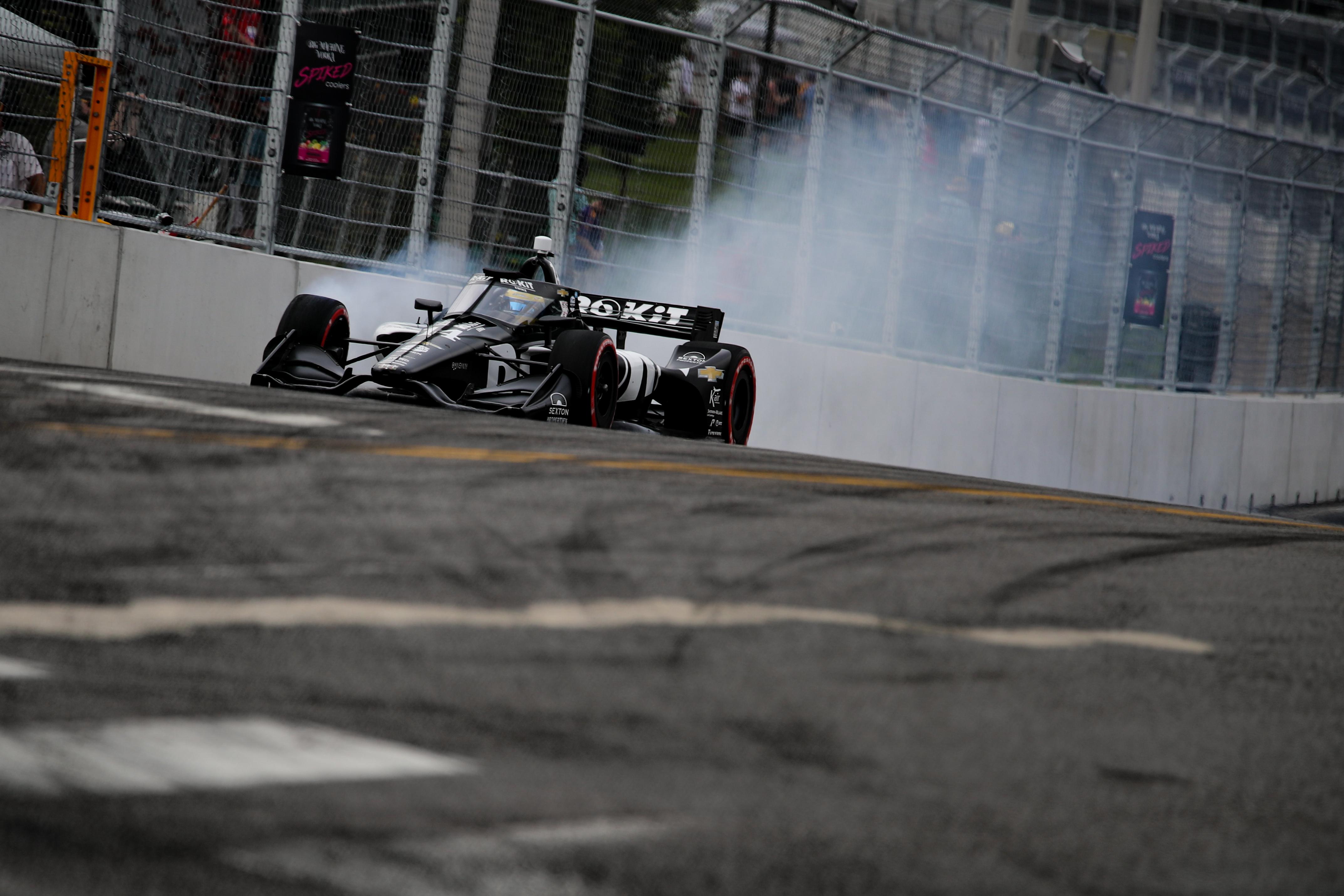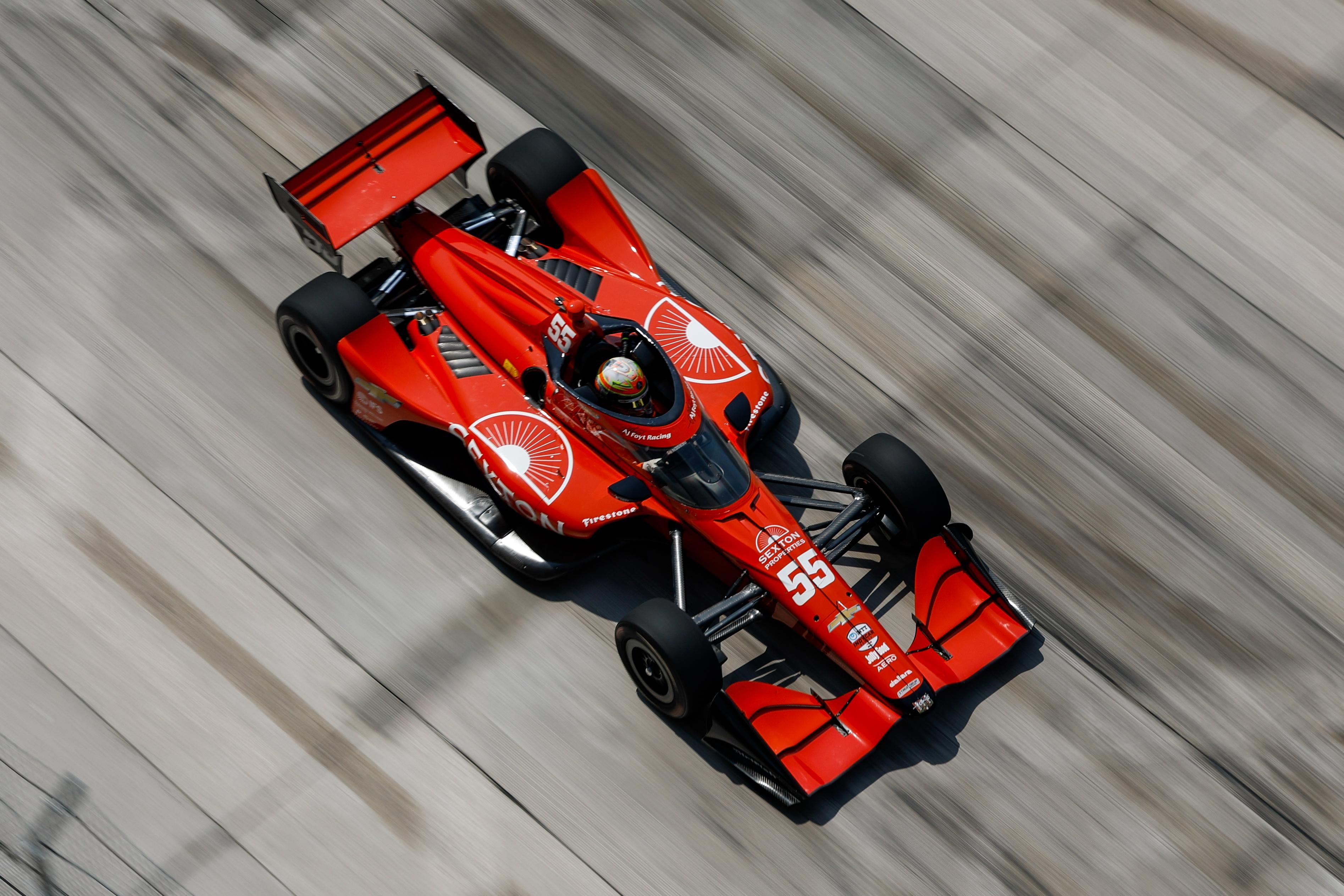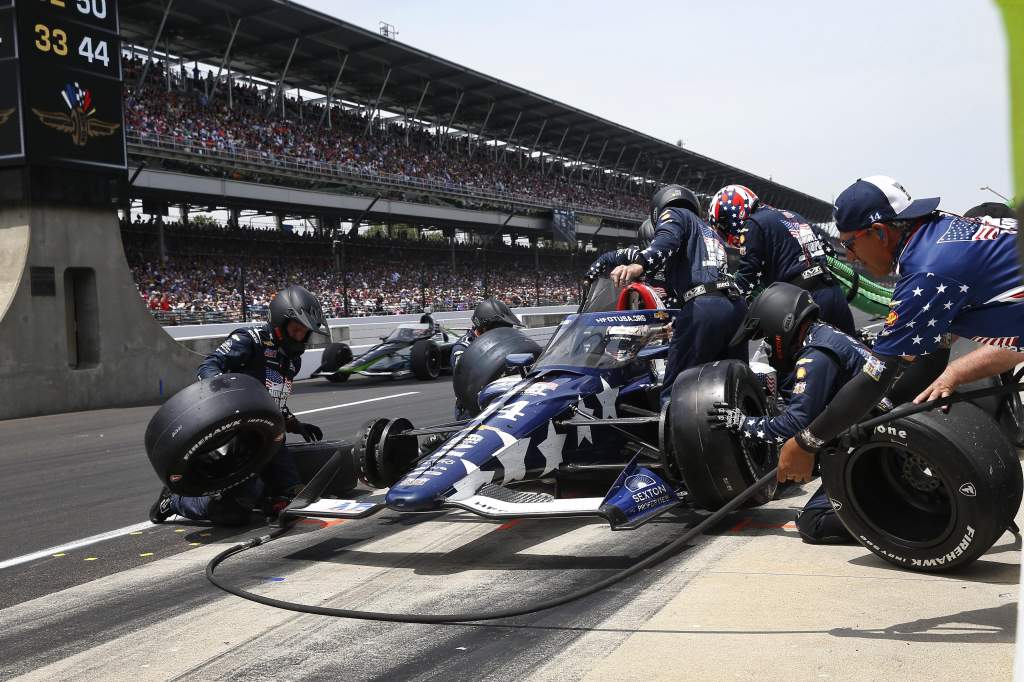After years of struggling and being one of the worst teams in the IndyCar paddock in terms of results, AJ Foyt Racing had its best finish in 22 years at the Indianapolis 500 last month.
It’s sparked a host of questions about the team which, after outqualifyng Penske, scored a podium finish with Santino Ferrucci in the event.
One of the key people behind this turnaround for Foyt is newcomer Michael Cannon, the legendary race engineer most recently known for engineering Scott Dixon to the 2020 IndyCar title. Now he’s the technical director at Foyt.

He joined the team this year in January, with the singular goal of focusing on the Indy 500 and giving AJ Foyt something to celebrate.
Now he’s succeeded with that, what’s next?
“I told Larry [Foyt], once Indy was over, my focus would be getting everything sorted out for 2024,” Cannon told The Race.
“We’ve got a whole new package for 2024, the aero package will be different, you’ve got the hybrid systems.
“There’s a couple of systems with the team in terms of how we go about maintaining our data, set-ups, record-keeping can be improved on. So try and kick those things on.
“Just bringing the team up to the 21st century on a lot of stuff.
“There’s not a lot of things, but there’s one or two things. This is a multi-year project with Larry and AJ.
“The fact that we are doing as well as we are this year is actually a serious bonus. We’re very, very fortunate.”
Foyt had gone through a troubling period. In 2021 it looked to have taken a big step forward by attracting Sebastien Bourdais and engineer Justin Taylor to the team, but that only lasted one year.

Ace rookie Kyle Kirkwood joined for 2022 but crashed a lot and wasn’t able to lead the team to a significant improvement before leaving for Andretti, where he promptly won on his third start for the team.
Every time Foyt does something new, it feels like the start of the next long-term project, but that often falls short.
Adding Cannon to oversee its steps forward really does feel like a move in the right direction, though. He appears really committed to the long-term success of the team – he said as much – and has the knowledge and experience to put people in the right places as well as bringing his own expertise.
Indy is a snapshot of what the team is capable of when it’s given cash and personnel to do it. Credit where it’s due to Larry Foyt, who’s well-liked in the paddock, but this feels like a really big step.
It’s fair to look at the post-Indy 500 Detroit outing, where the team struggled all weekend, and be disappointed and be ready to condemn the team to the doldrums from which it rose for Indy.
But in fact, it feels more logical to look at Indy as a sign of the potential of what’s possible when Cannon’s had more than four months of preparation and can focus on some of the team’s wider goals and areas needing improvement.

That starts with a test. The Foyt team already feels it knows where to improve the car after Detroit – it just didn’t have time in the condensed race weekend format to fix it.
It had an “all hands on deck” test with Benjamin Pedersen in the week following Detroit, trying out things “that we believe will drastically improve the car and will carry on for the rest of the season”.
General fans of IndyCar might not be ready to get excited about a Foyt team familiar with false dawns.
But holding onto Cannon and the crew it has in place at the moment can be the start of this team improving.





